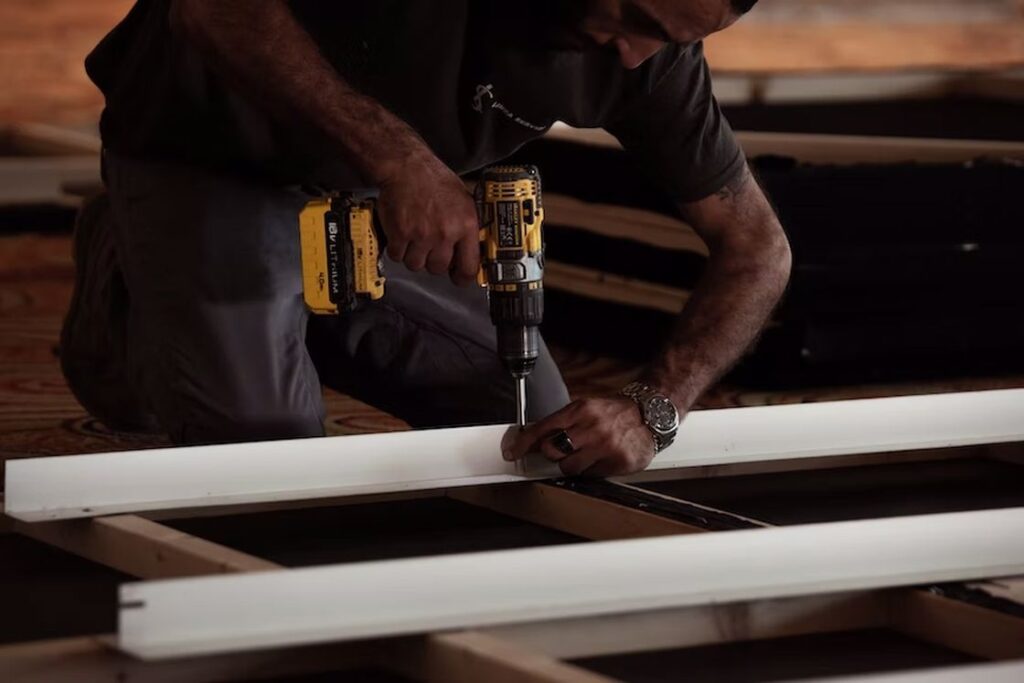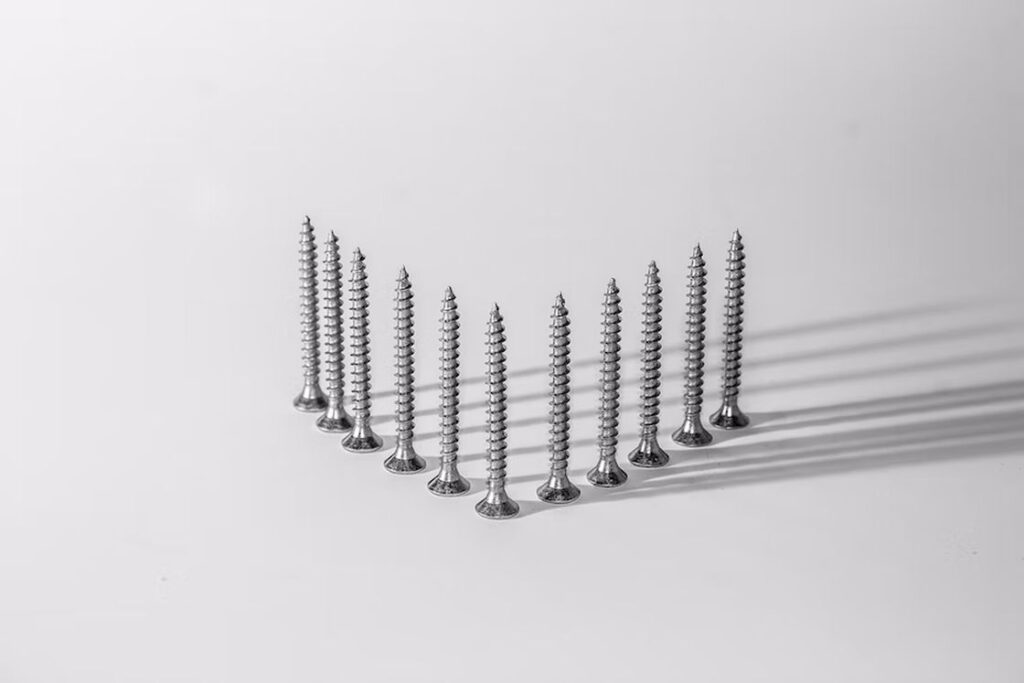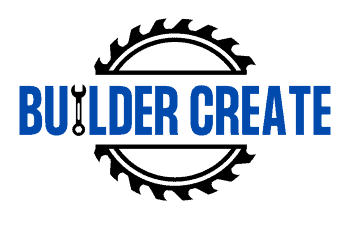#18 screws aren’t part of the standard screw sizes. They are somewhat uncommon, are fairly large, and have flat heads. If you do end up using one though, it’s important to know the proper size drill bit to select.
Contents
What Size Drill Bit for a #18 Screw?
When working with a #18 screw, use a 13/64 inch drill bit if you are using softwood. For hardwood, you would need a size drill bit of 7/32 inches.

Don’t confuse this with taps like the 5/16-18 NPT tap. It’s also larger compared to the uncommon #16 screw with a bit size of 3/16″ for hardwood.
Also, note that other types of #18 screws may have different drill bit sizes. These include:
- AB self-tapping screws
- Type B self-tapping screws
- Type 25 thread-cutting screws
Tips for Using Medium Drill Bits
Measure Your Drilling Depth
When you are drilling, you often need to measure the exact depth as you don’t want to drill through or leave it shallow. Sometimes, you need to make a partial hole in a workpiece so measuring the exact depth is essential.
You can measure the depth you want to drill into by placing the drill bit next to the material. Mark the exact depth you want the drill bit to go and wrap a piece of tape around it as a guide.
The tape acts as a gauge as to when you should stop drilling. This makes the drilling easier since you can accurately gauge when to stop drilling for the right depth.
Consider Using Stud Finder
A stud finder ensures you are not drilling into a water pipe or electric cables. Drilling through electric cables can create a huge accident, like electrocuting yourself. So, it’s best to use a stud finder as a safety precaution.

It’s also useful to avoid hitting water pipes which can cause leakage and flooding in your home. You should use a stud finder when drilling with hazardous materials near the drilling spot.
If you’re drilling into an unfamiliar surface, it’s best to use a stud finder to ensure you are drilling precisely and accurately. It’s better to be safe than sorry.
Deburr the Hole
Most medium drill bits are used for drilling holes. So, deburring the hole is a sensible thing to do. After you’re done drilling, make sure the hole does not have sharp edges or burr left in the hole. Feel the hole until it’s smooth.
It ensures your hole is smooth and clean, so you produce quality work. You can deburr a hole by running it in a bit of power and running the bit around the edges of the hole.
You can also use deburring tools to make the process simpler and easier. Most of them come with an instructional, so you should have no problems learning to properly use them.
Conclusion
#18 screws are generally used for holding wood pieces together tightly and efficiently. They can also be used in sheet metal, plastic, and fiberglass, although rarely.
